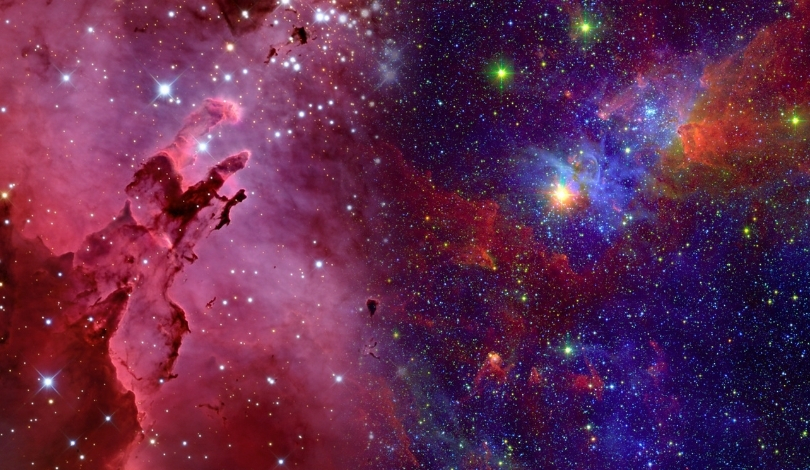NASA‘s Juno mission has yielded a significant finding that could alter future explorations of Jupiter and its moons. By utilizing its onboard instruments in innovative ways, Juno has created a comprehensive radiation map of the Jupiter system. This discovery presents a potential low-radiation route to Europa, sparking interest and optimism among scientists.
Researchers have been intrigued by Jupiter’s moons—Europa, Ganymede, and Callisto—due to their subsurface oceans, which could harbor life. Missions like ESA’s JUICE and NASA’s Europa Clipper aim to investigate these oceans, contending with Jupiter’s harsh radiation. However, Juno’s new mapping data suggests that safer pathways might be feasible, informing the planning of these missions. Juno’s elliptical orbit around Jupiter enabled it to gather diverse data using its Advanced Stellar Compass (ASC) and Stellar Reference Unit (SRU), which were repurposed to detect high-energy radiation.
New Pathways for Exploration
The radiation map reveals two crucial insights: high-energy radiation levels near Europa’s orbit are higher than previously thought, and the moon’s leading orbital edge experiences more radiation. This information is critical for future missions, as it could allow spacecraft to minimize radiation exposure by navigating through these mapped regions. According to Scott Bolton, Juno Principal Investigator, “This is the first detailed radiation map of the region at these higher energies.”
Instrumental Innovations
The ASC and SRU instruments, designed for other purposes, proved invaluable in creating the map. The ASC, with its four cameras, was able to detect the telltale signs of high-energy electrons, while the SRU helped in understanding Jupiter’s radiation effects on Europa. John Leif Jørgensen from the Technical University of Denmark highlighted that “the ASC takes an image of the stars every quarter-second,” making it possible to count radiation hits accurately.
Comparing findings with previous research, it is apparent that the detailed 3D radiation map produced by Juno offers more precise data than earlier models. Earlier studies were limited in scope and detail, primarily focusing on broader radiation patterns rather than specific, navigable routes. This advancement marks a crucial step forward in our understanding of Jupiter’s environment and its implications for future missions.
The new radiation map holds promise for enhancing mission safety and efficiency. By identifying low-radiation pathways, spacecraft can potentially extend their operational lifespan and improve data collection. Upcoming missions like Europa Clipper and JUICE could benefit significantly from these findings. Further, ongoing studies will continue to refine our understanding of Jupiter’s radiation belts, paving the way for more precise navigation and exploration strategies.










